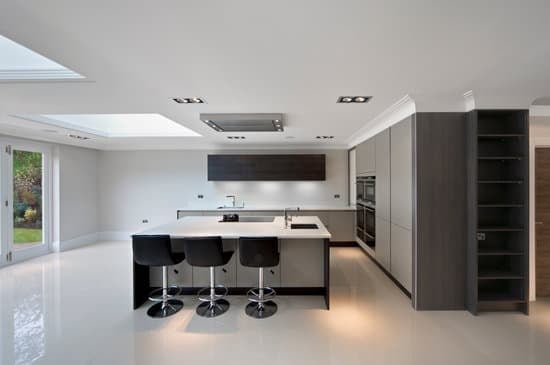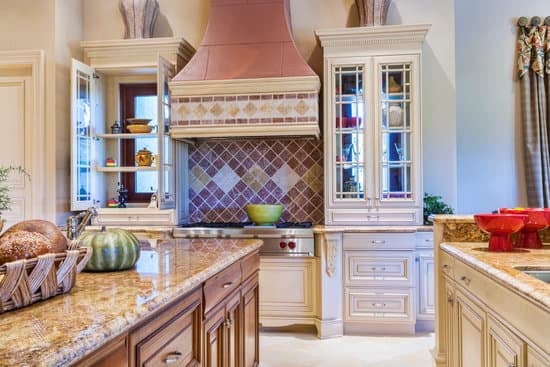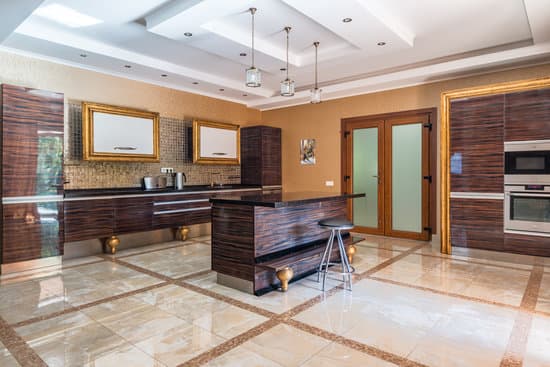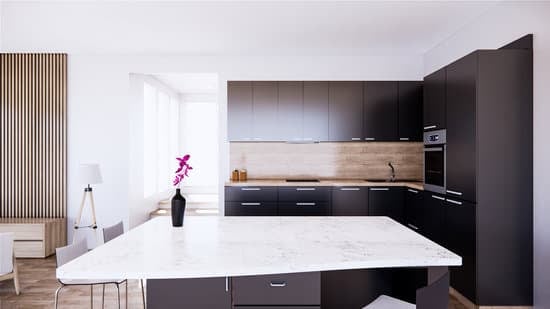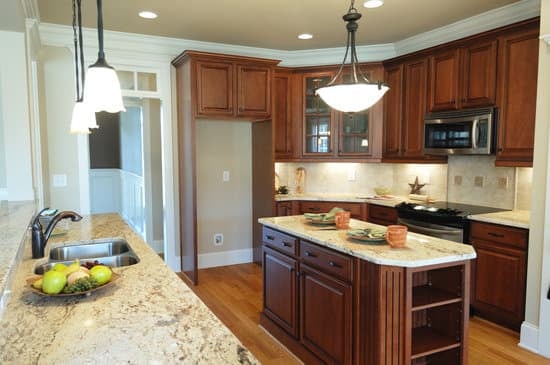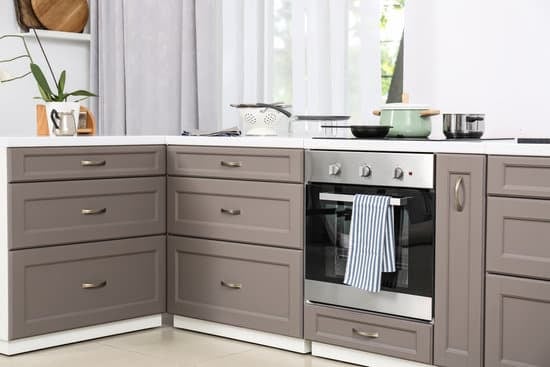Are you looking to transform your kitchen with custom-built cabinets, but don’t want to break the bank? Look no further! In this article, we’ll provide you with step-by-step instructions on how to build kitchen cabinets using free plans. With just a few tools and materials, you can create beautiful and functional cabinets that will enhance the look and functionality of your kitchen. So let’s get started, ensuring safety at every stage of the process.
Gathering the Necessary Tools and Materials
You’ll need a variety of tools and materials to build your kitchen cabinets. Safety should be your top priority, so make sure you have the necessary protective gear such as safety goggles and gloves. When choosing the right wood, consider factors like durability and appearance. Hardwoods like oak or maple are popular choices for their sturdiness and attractive grain patterns. In terms of hardware, opt for high-quality hinges, drawer slides, and handles that can withstand daily use. Understanding basic cabinet construction techniques is crucial to ensure a sturdy and functional final product. Familiarize yourself with concepts like frameless or face-frame construction, as well as joinery methods such as dado joints or pocket screws. By gathering the right tools and materials while prioritizing safety, you’ll be well on your way to building beautiful kitchen cabinets.
Measuring and Planning the Cabinet Layout
Start by measuring and determining the layout for your cabinet installation. Accurate measurements are crucial to ensure that your cabinets fit perfectly in your kitchen space. Here are some tips to help you maximize storage space in your kitchen cabinets:
- Consider installing tall cabinets that reach the ceiling. This will provide additional storage space for items that are not frequently used.
- Use pull-out shelves or drawers instead of fixed ones. This allows you to easily access items at the back of the cabinet without having to remove everything in front.
- Utilize vertical dividers or organizers to separate baking sheets, cutting boards, and trays, making them easy to find and retrieve.
- Install a lazy Susan or corner unit in your lower cabinets to make use of hard-to-reach corners.
By following these tips and taking accurate measurements, you can create a functional and efficient cabinet layout that meets all your kitchen storage needs while ensuring safety.
Cutting and Preparing the Cabinet Pieces
To cut and prepare the cabinet pieces, gather all the necessary tools and materials. Safety should always be your top priority when working with power tools, so make sure to wear protective gear such as safety goggles and gloves. When selecting the right wood for cabinet construction, choose a durable hardwood like oak or maple that can withstand daily use in the kitchen. Once you have your wood, it’s time to choose the appropriate saw for cutting cabinet pieces. A table saw is ideal for making long, straight cuts while a circular saw can handle smaller cuts and angles. Make sure to measure twice and mark your cuts before starting to ensure accuracy. Take your time and work carefully to create precise cabinet pieces that will fit together seamlessly.
Assembling and Joining the Cabinet Components
Once you have all the cabinet components cut and prepared, it’s time to assemble and join them together. Here are some tips for efficient cabinet assembly that will help you create a sturdy and functional kitchen cabinet:
- Cabinet hardware selection: Before assembling the cabinets, make sure you have all the necessary hardware such as screws, hinges, and drawer slides. Choose high-quality hardware that is durable and suitable for your specific cabinet design.
- Measure twice, assemble once: Double-check your measurements before joining the cabinet pieces to avoid any mistakes or misalignments. This will ensure that your cabinets fit together perfectly.
- Use clamps for stability: To ensure a tight and secure fit, use clamps to hold the cabinet pieces in place while assembling. This will prevent any movement or shifting during installation.
Remember to prioritize safety throughout the assembly process. Wear protective goggles when using power tools, follow manufacturer instructions carefully, and always work in a well-ventilated area. By following these guidelines, you can successfully assemble your kitchen cabinets with ease.
Installing and Finishing the Cabinets
Begin by installing the cabinets in your kitchen and finishing them to complete the project. To ensure safety, start by choosing the right cabinet hardware. This includes hinges, drawer slides, and knobs that are sturdy and durable. Make sure they are properly installed to prevent any accidents or injuries.
Next, let’s talk about achieving a professional-looking cabinet finish. First, sand all surfaces of the cabinets to create a smooth base. Then, apply a primer to help the paint adhere better. Choose a high-quality paint that is specifically designed for cabinets to achieve a long-lasting finish. Apply multiple thin coats rather than one thick coat for better results.
To add an extra touch of elegance, consider adding crown molding or trim to the top of your cabinets. This will give them a polished look and hide any gaps between the cabinets and ceiling.
By following these tips and taking safety precautions, you can successfully install and finish your kitchen cabinets with ease!
Conclusion
Now that you have all the necessary tools and materials, measured and planned your cabinet layout, cut and prepared the pieces, assembled and joined the components, it’s time to install and finish your kitchen cabinets. Follow these steps carefully and in no time you’ll have beautiful, custom-made cabinets that will enhance the functionality and aesthetics of your kitchen. Don’t forget to take pride in your DIY skills as you admire the final result! Happy building!

